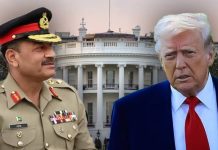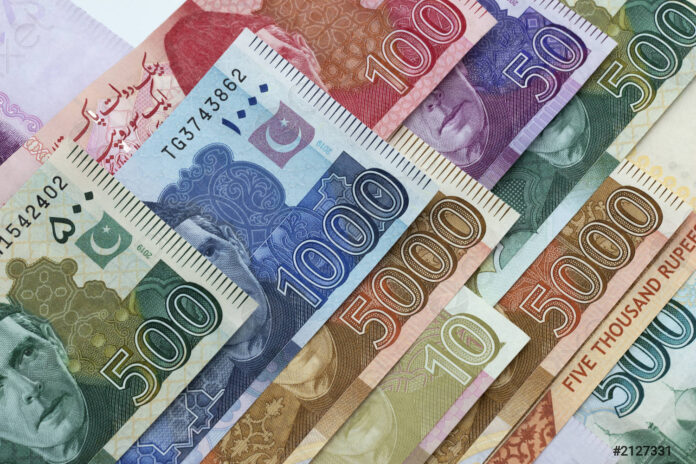Amid ongoing economic challenges and a lack of substantial foreign investments, Bloomberg’s recent report projects the Pakistani rupee to conclude 2023 as Asia’s worst-performing currency, and this downtrend is anticipated to extend into 2024. Goldman Sachs Group Inc. warns of continued pressure on the rupee, emphasizing the need for sustained efforts to support the external balance.
Pakistani Rupee Continues to Slide
Despite governmental efforts to curb smuggling and speculation, the rupee has already experienced a 20% depreciation against the dollar, and experts suggest this depreciation trend is set to persist. BMI, a Fitch Solutions Company, estimates a further decline to 350 against the dollar by the end of 2024, while Topline Securities Ltd expects a drop to 324. As of Tuesday, the local currency closed at 285.52 against the dollar in the interbank market.
With a shortage of dollars, unofficial currency markets like hundi and hawala may strengthen, reminiscent of the situation in the previous year. Despite efforts to control the exchange rate, experts doubt the sustainability of such interventions in the long term. Following the rupee’s unprecedented drop to 300 in September, the interim administration initiated a vigorous illicit buying and selling of the US dollar at an elevated exchange rate, yet analysts anticipate a short-lived recovery.
Factors Influencing the Downturn
Factors contributing to the rupee’s decline include record inflation, a widening trade deficit, and other economic challenges. A global economist at BMI in London, John Ashbourne notes, “This looks like a currency that is set to adjust downwards,” citing the burden of high debt payments, an external funding gap, and diminishing remittances.
Pakistan’s precarious economic situation led to a near-default last year, prompting a recent $700 million bailout agreement with the International Monetary Fund (IMF). However, with diminishing foreign investments, the country increasingly relies on loans from multilateral and bilateral sources. The IMF deal, though a short-term relief, may not be sufficient to address the deep-seated economic issues. Topline Securities suggests that the upcoming government, to be formed after the February elections, should consider entering into a new and more substantial deal with the IMF to provide long-term relief for the currency, subsequently benefiting the overall economy.
Read more: Pakistani Rupee Soars as World’s Best-Performing Currency in September


























